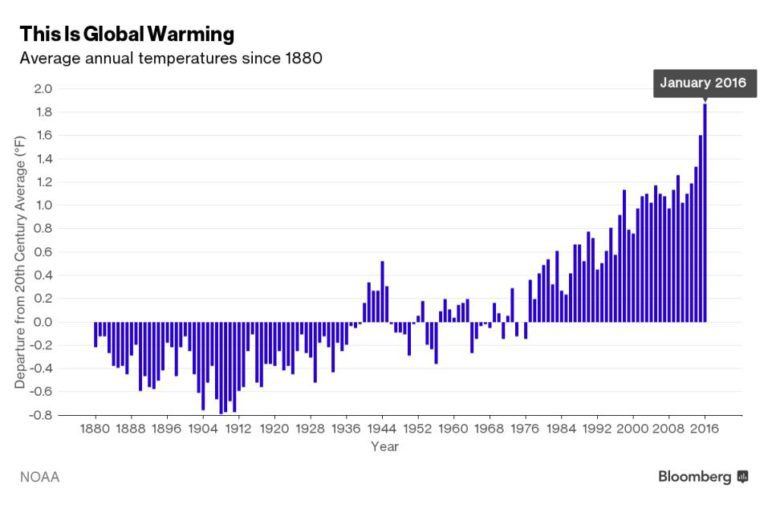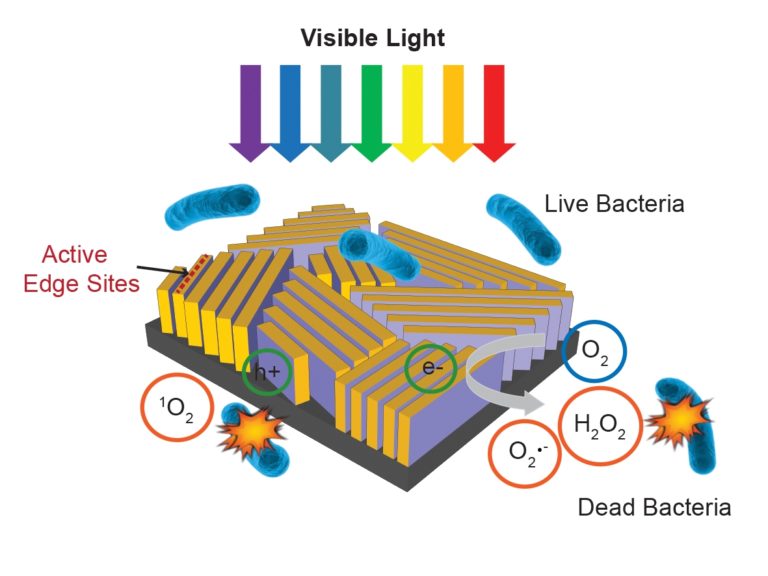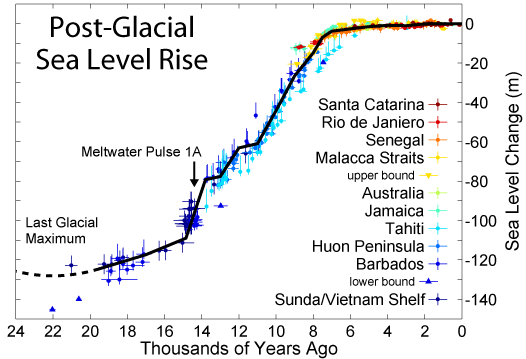By Kevin Loria
By 2100, the world will be different.
A newly published study estimates that there’s a 95% chance global temperatures will rise more than 2 degrees Celsius (3.6 degrees Fahrenheit) above pre-industrial levels. That’s the level that’s frequently considered the tipping point beyond which the consequences of climate change become catastrophic.
The goal of the Paris Agreement was to set emissions standards that could keep the world from hitting that point — ideally less than a 1.5-degree increase — though experts noted that global reductions would have to be even more aggressive to truly accomplish that aim.
But according to the authors of the new study, it’s extremely unlikely that we’ll be able to stay below the 2-degree threshold.
Even if we do take action on emissions, the authors suggest, we’ll still probably see a median temperature rise of 3.2 degrees Celsius. That’s based on their expectations for global population growth, rising GDP per capita, and the amount of carbon dioxide that can be expected to be emitted based on those GDP levels.
That’s significantly higher than the temperature rise that many experts said would lead to drastic consequences.
‘If not hell, then a place with a similar temperature’
“Huge swaths of the world will be living in places that by the end of the century will have heat waves so deep that people won’t be able to deal with them, you have sea level rising dramatically, to the point that most of the world’s cities are drowning, the ocean turning into a hot, sour, breathless soup as it acidifies and warms,” environmentalist and author Bill McKibben recently told Business Insider.
McKibben’s predictions for what that warm world would look like weren’t pretty.
“If not hell, then a place with a similar temperature,” he said. “We have in the Earth’s geological record some sense of what happens when you run carbon levels up to the levels we’re running them now — it gets a lot hotter.”
The gases we’ve put into the atmosphere by burning fossil fuels so far already guarantee that the world will continue to get warmer.
Another paper published July 31 argued that it’s fairly likely we’ve already “committed to” around 1 degree C of warming — and that there’s a 13% chance we’ve already guaranteed 1.5 degrees. Even if the world stopped emitting carbon dioxide today, that course might already be set.
“Our estimates are based on things that have already happened, things we can observe, and they point to the part of future warming that is already committed to by past emissions,” Thorsten Mauritsen, lead author of that paper, said in a press release. “Future carbon dioxide emissions will then add extra warming on top of that commitment.”
Reasons for hope
It might be tempting to respond to these predictions by throwing up our hands, further condemning future generations to suffer the consequences. But that ignores the most important thing that these two new papers highlight: By the calculations of these researchers, it is still possible to make changes that could prevent us from hitting these levels of warming.
Despite decades of inaction on climate, there are movements now that offer some encouragement. Activists around the world are pushing countries to take steps that could prevent warming from getting too out of hand. In the U.S., cities and states have vowed to try to meet the country’s Paris Agreement goals despite the fact that President Donald Trump plans to pull the US out of that accord.
There are also a growing number of lawsuits around the globe that argue governments are violating their citizens’ constitutional rights by engaging in actions that contribute to climate change despite long-held knowledge of its dangerous consequences.
There are even natural economic trends towards clean energy and away from fossil fuels.
These efforts may not stop the world from warming 2 degrees. But they could — or might at least limit warming to 2.5 degrees instead of 4.
Some researchers, like climate scientist James Hansen, think we may need to develop “negative emissions” technologies that would allow us to suck carbon out of the atmosphere and store it away. There are even last-ditch geoengineering schemes that might offer ways to buy more time to deal with the problem (though many experts hope it never gets to that point).
But if we want to prevent the most dire effects of rising global temperatures, action needs to be taken sooner rather than later. These two new papers highlight just how urgent that threat is.






